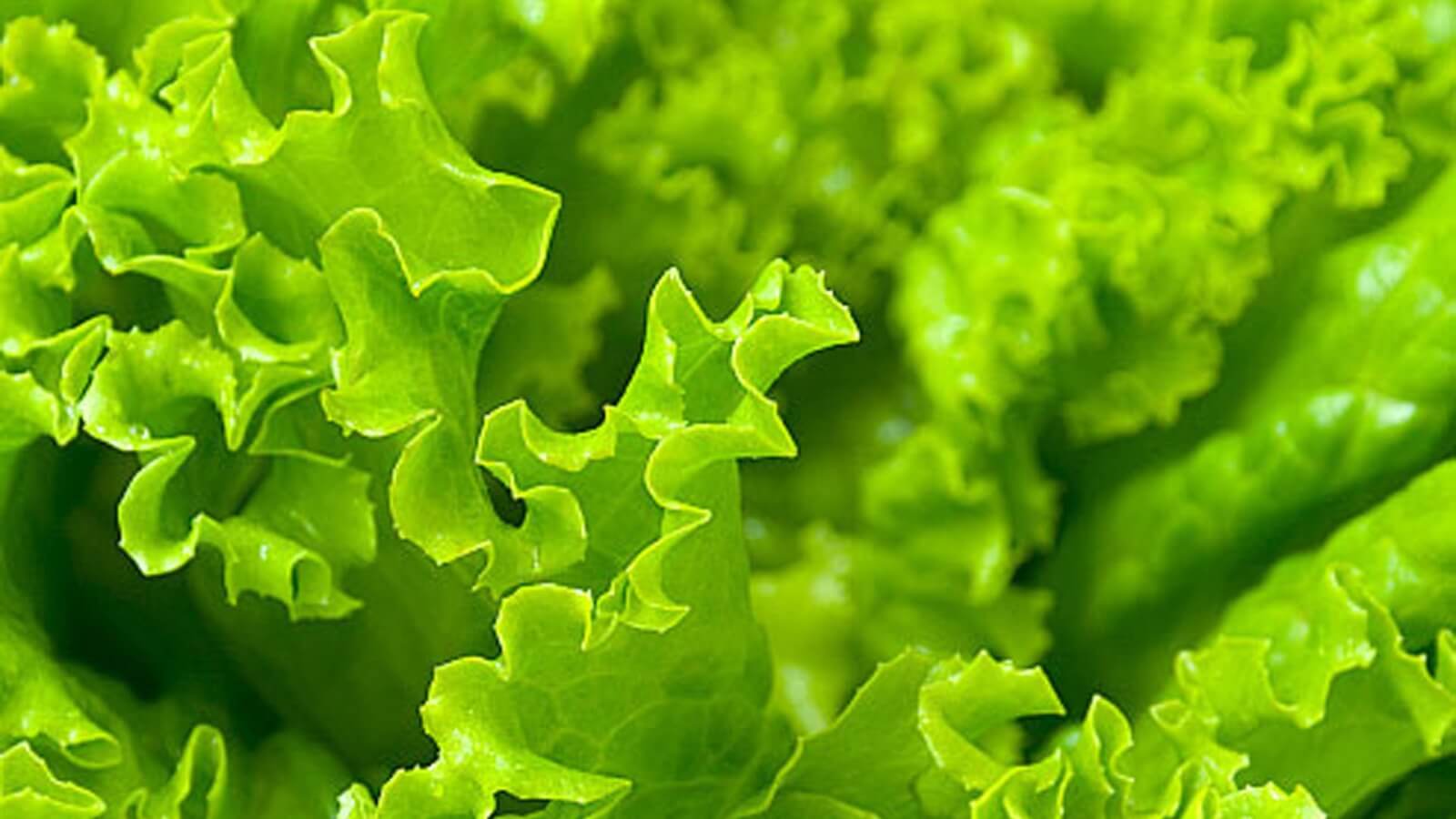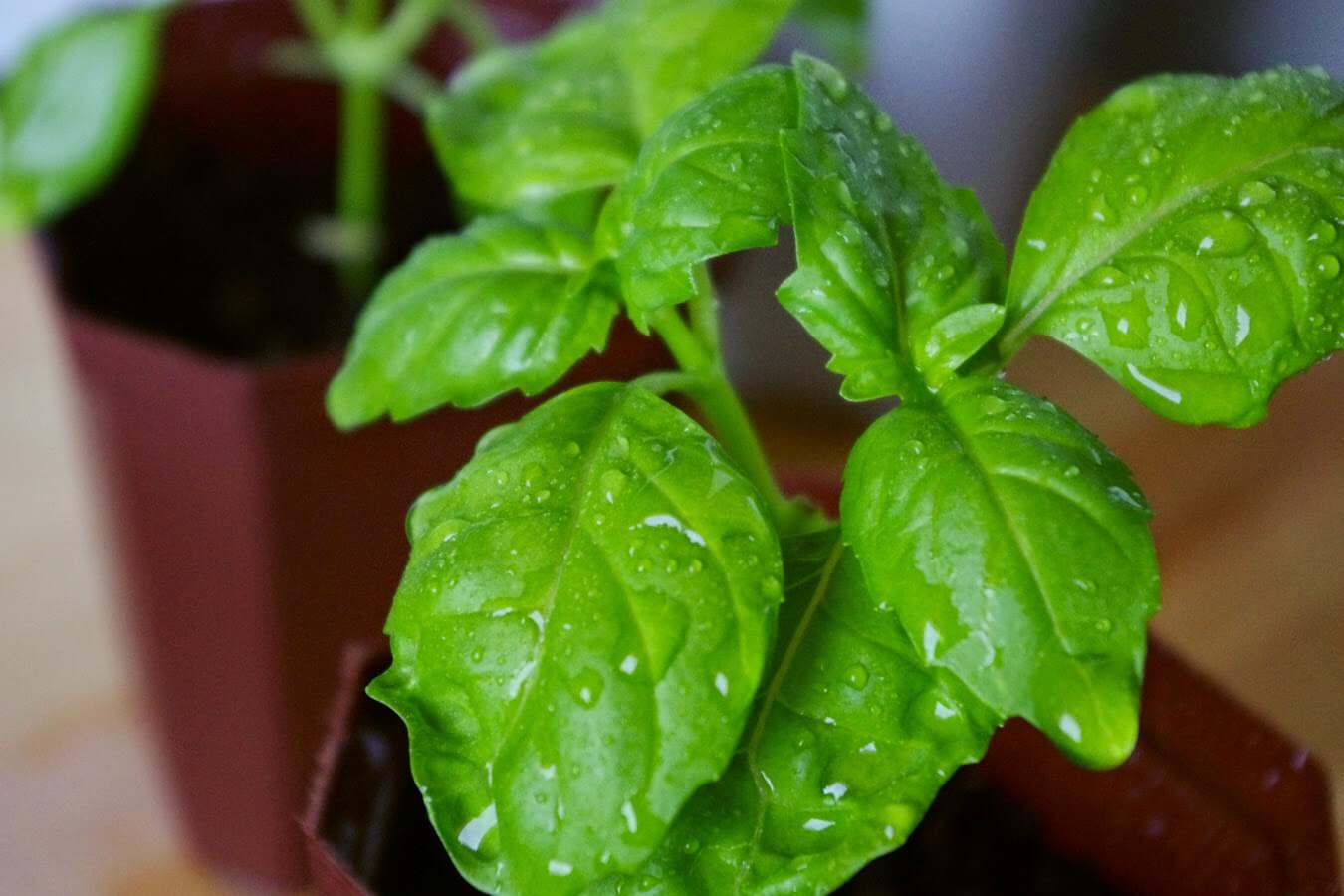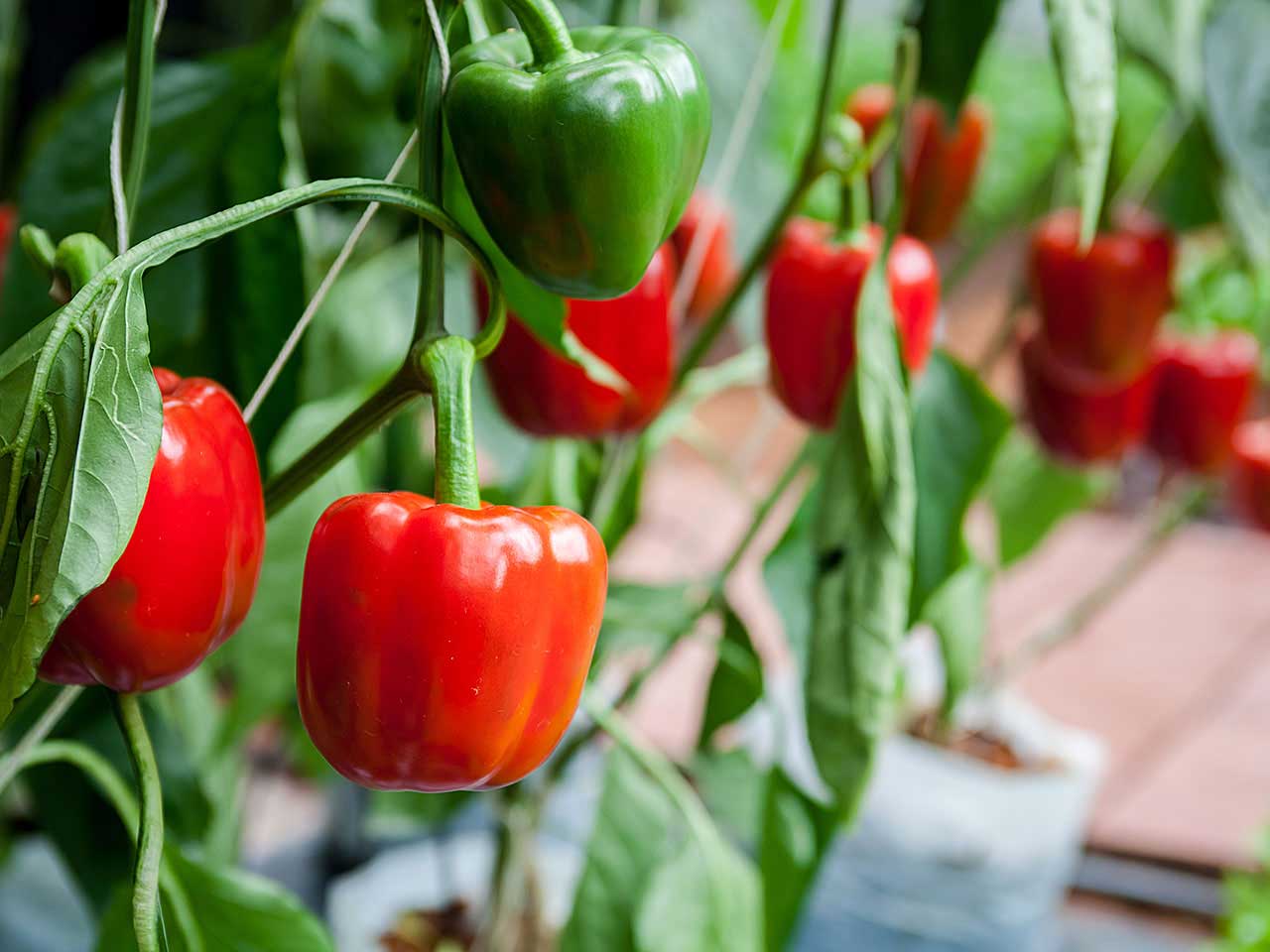And fruit.
Modern technologies make it possible even for beginners to organize a garden on the windowsill in winter.
For beginners, there is a lot of practical advice from professionals and home gardening enthusiasts.
Having studied the right approach, you can pamper yourself with juicy vegetables and herbs all year round without leaving your home.
To create a homemade small garden for the winter, you will need careful preparation:
- Plastic containers (cut bottles, glasses will do) or flower pots.
- Polyethylene to organize a mini-greenhouse.
- High-quality soil and fertilizers that are designed for vegetables and herbs.
- UV lamps to create daylight.
- Thermometer to control the temperature of the home garden.
- A small watering can for watering the garden.
The soil can be purchased at any specialized gardening store. Then they need to fill the prepared containers and water it so that the earth gets wet. Then seeds or seedlings are planted. In the case of seed planting, containers should be placed in a warm place and covered with foil to create a greenhouse effect until the crops begin to germinate.
As soon as the sprouts appear, the polyethylene must be removed to ensure air circulation and transferred to the windowsill, where the plants will have access to daylight.
The key to quality plants and a successful home harvest is timely watering, fertilizing and access to daylight. Since there is little natural light in winter, you will need a fluorescent lamp.
If there is no desire to plant seeds, you can buy already sprouted crops in the store and simply transplant them at home into containers.
Growing greenery
Greens are not only a flavoring seasoning for many dishes, but also a source of vitamins that every body needs, especially in winter. On the windowsill you can grow absolutely any kind of greenery.
Consider the most popular, which are very easy to plant at home.
Onion
You don't have to plant everything at once. It is enough to plant 7-10 heads, after 2 weeks the same number and so on.
Thus, you can provide yourself with green onions all year round uninterruptedly, and without cluttering up all the window sills.
Watercress
Watercress, like green onions, is not whimsical and does not require a lot of attention in a room garden. It grows very quickly, which is important for a home window sill; already 2 weeks after planting, you can enjoy the greenery.
In addition to taste, this type of salad has many beneficial properties for the body:
- improves blood circulation
- normalizes blood pressure
- contributes to the production of hemoglobin
- Saturates the body with vitamins A, B, C, E
Cress does not require special lighting or temperature conditions. For him, a perfect environment is considered to be +15 degrees and above. The main thing is to water it all the time, because the plant dies from a lack of moisture. For a constant crop of greens, portions of seeds are recommended to be planted once a week.
Leaf salad

According to experts, two types of leaf lettuce are ideal for a vegetable garden on a windowsill: Lollo Rossa and Lolla Bionda.
But these, unlike onions or cress, require additional lighting.
In order for the leaves to turn out juicy and soft, it is important to adhere to neutral moisture, drought or excessive watering will lead to bitterness.
When the seeds begin to germinate, it is important to break through them at a distance of 1-1.5 centimeters.
When the plants get stronger, the distance between them must be increased to 4 centimeters. In cramped conditions, the lettuce will weaken and produce juicy fruit leaves.
Given the compactness and diminutiveness of the garden, you should not wait until the leaves grow to full size. You can feast on young leaves, cutting them off in time and allowing new leaves to appear.
Parsley
This type of greenery is one of the most not picky and fast-growing. There are several ways to plant parsley:
- Sowing seeds. Seeds previously soaked in Guma are sown in a container with moistened and fertilized soil. Then they are covered with a layer of earth from above and placed in a warm place for germination. With the advent of greenery, it can be rearranged on the windowsill. With this planting, you need to know that parsley seeds germinate very slowly.
- Planting distillation - pre-prepared roots. This option is a little easier, since you do not need to sow the seeds. Medium-sized roots are planted in moist soil. A plastic box, container or flower pot is perfect as a container.
Parsley does not require much watering or lighting. It is enough to moisten the soil, as needed. This plant also does not need thinning.
chives
In order for the chives to please with a juicy harvest throughout the winter period, it is necessary to carry out preliminary preparation in the fall. Onion jackets should be planted in a container and sent to the balcony or basement. When the time comes to plant it on the windowsill, the blanks are brought into a warm room. Feathers grow back very quickly.
As practice shows, two crops can be obtained from one fruit, after which the plant deteriorates. Therefore, several containers need to be prepared for the winter.
It is not necessary to fill the chives with water, but you should not allow the soil to dry out either. When dry, the feathers become bitter, and flower stalks form. For a quality harvest, it is recommended to add a hydrogel before planting in the ground.
Basil

Basil is planted by cuttings or sown by seeds.
Both in the first and in the second case, an excellent harvest is obtained.
At a temperature of +18 and above, the seeds germinate on the 6th-7th day.
Cuttings take root from 10 to 15 days.
In the case of basil, it is better to use the sowing method.
This plant loves loose soil, and in order to create favorable conditions for it, coconut fibers are placed in a container with soil. They can be purchased at garden stores.
You need to water the basil as needed, preventing the soil from drying out. As for lighting, a natural light regime in the winter is quite enough.
Mint
Mint is easiest to grow on a windowsill, as it is not capricious of light, moisture, or soil quality. Different species get along well with each other, even if you plant mint platter in one pot.
It is not recommended to sow mint at home with seeds - it is too long. It is better to buy seedlings with roots in a store or on the market. Mint takes root up to 12 - 14 days, and then it begins to grow rapidly, spreading an incredible aroma throughout the apartment.
Rosemary
The rosemary stalk is immediately planted in the ground for rooting. It is not necessary to plant it in water first. From above you need to create a greenhouse - a film or a glass jar will do. The root will get stronger in 2 weeks, then the "greenhouse" must be eliminated.
Drainage should be placed at the bottom of the container with soil. Rosemary loves fresh air, but is afraid of drafts. There are no special instructions for watering this plant, but you need to spray the leaves with water from time to time.
Growing vegetables
In addition to greenery, you can grow it in the garden on the windowsill in winter. For beginners, lighting should be of the highest quality so that there are no problems with plants. Those who have already practiced growing crops already know from their own experience what kind of vegetable, what kind of light is needed.
cucumbers
It seems that growing cucumbers in an apartment is unrealistic. With the right approach and proper care, everything is real! Cucumbers are not very whimsical, so in December and March you can enjoy a fresh salad.
Benefits of planting cucumbers on the windowsill:
- it is not difficult, even a beginner can easily cope with this task
- already a month and a half after planting, you can enjoy juicy and healthy fruits
- all year round you can provide the table with delicious fresh salads
Before breeding in an apartment, it is important to know that not all varieties are suitable for this. It is better to give preference to self-pollinated, bush and shade-tolerant. The following varieties are suitable for this:
- F1 legend
- Marinda F1
- Connie F1
- Debut
- Athlete
- Babylon
- Claudia F1
For you need to create favorable conditions so that the plant is quickly saturated with vitamins and soon bears fruit:
- Light. Cucumbers are photophilous, so natural light will not be enough for them. It is necessary to purchase fluorescent lamps to illuminate the plant when it gets dark or cloudy outside.
- Warm. For these plants, it is important to provide a mode from +20 to +24 degrees. At a lower temperature, the fruits will ripen for a long time and will not turn out juicy and crispy.
- Moisture. Cucumbers do not tolerate drought either in the garden or on the windowsill. It is necessary to strictly monitor the moisture content of the soil.
Bush hybrids are best planted in a plastic container or flower pot (large). Seedlings are planted immediately. You can buy it, or prepare it in advance, since the fall.
You can watch the video on how to grow cucumbers and tomatoes on the windowsill:
Tomatoes
A tomato on the windowsill is the dream of every housewife. Bush indoor tomatoes are not whimsical to moisture and temperature. They need to be watered as the soil dries and keep the temperature from +17 to +24 degrees. The room where the tomatoes are located can be ventilated, since, unlike cucumbers, they are not afraid of drafts. For a home garden, seedlings of the following varieties are best suited:
- balcony miracle
- room surprise
- betta
- Bansai
- Cherry
- Florida
- Talisma
As a rule, the seeds indicate that this variety is suitable for growing in an apartment.
In order for the tomato bush to be beautiful and even, and the fruits to ripen evenly, it is recommended to turn the tomato pot daily to the window in different directions.
Sweet pepper

Bell peppers are one of the easiest vegetables to grow at home.
It does not require special heating or lighting.
But the first fruits appear 6 months after the seed sprouts.
That is, in order to provide yourself with peppers, you can plant several bushes every month, which will result in an uninterrupted harvest.
Indoor varieties:
- Patio-Ivo - bright yellow juicy fruits
- Jupiter F1 - produces red and green fleshy peppers
- Oda is one of the most productive sweet pepper varieties.
Initially, you need to sow the seeds and create a greenhouse for them. After sunrise, the sprouts are moved to a container of fertilized soil for a "permanent residence". Peppers are unpretentious, but require sun and warmth. The best mode for them is + 22-26 degrees. Additional lighting should also be present, since, after all, this is a southern plant.
It is better to protect sweet pepper from room bitter. Otherwise, hybrid pollination may occur, as a result of which both varieties will deteriorate.
hot pepper
Hot indoor pepper will bear fruit, regardless of the temperature and the presence of light. Enough 3-4 hours a day of the sun or artificial lighting. After sunrise, fruits appear in 8-10 weeks. One plant can bear fruit for up to five years. In addition, bitter pepper is very beautiful and will complement any interior. Varieties that are suitable for the windowsill.













